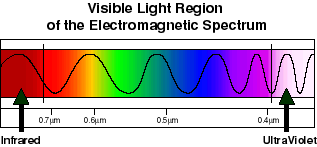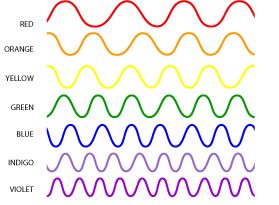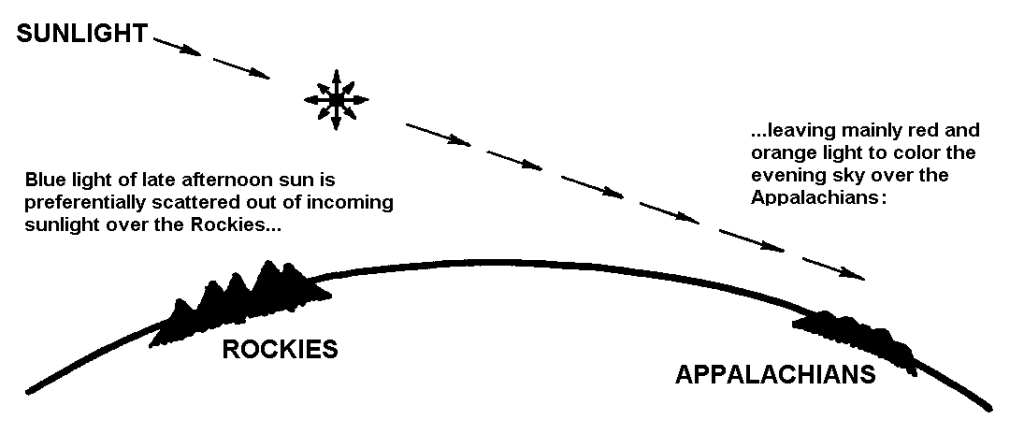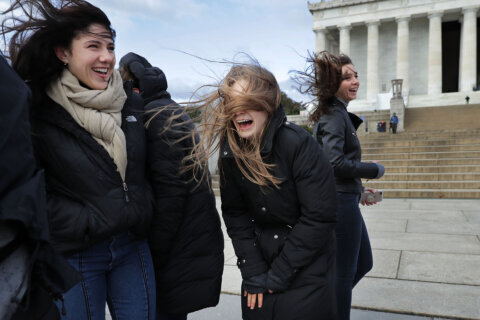WASHINGTON – Well, after those very strong storms rolled through Tuesday afternoon and evening, Mother Nature supplied a beautiful gift: a brilliant, striking, reddish sunset. Social media was lighting up with #nofilter pictures from around the WTOP area just of the local sunset.
But if you were up between 5:40 and about 7 Wednesday, you know we also had a beautiful sunrise. Have you ever heard the term “red sky in the morning, sailors’ warning; red sky at night, sailors delight”? There’s some truth to that, and that was evident on Tuesday.
So how did that happen?
I’ll try to keep the science to a minimum, but we need to deal with some, so let’s start with electromagnetic radiation. Radiation is energy. Electromagnetic radiation is a range of different energies that travel in waves released into space — anything from radio waves to UV rays to X-rays. Light is also a type of electromagnetic radiation (it’s also measured in waves). Visible light is part of the electromagnetic spectrum. Again, these are the only waves that the human eye can see due to the makeup of our eye. Other wavelengths in the spectrum are just too big or too small for our eyes to see.

Visible light forms the colors of a rainbow (not a coincidence), ranging from reds and oranges to blues and violets, with a different size of wavelength for each color. Red has the longest; violet, the shortest.


That spectacular sunset was all about how the light from the sun, which hadn’t quite set yet in the D.C. area when the storms ended, scatters in the atmosphere. “Scattering” is a term to describe what happens when light bounces off an object and sends wavelengths in different directions. How much the light scatters all depends on the size of the wavelength and the size of whatever the light is bouncing off. This happens millions and millions of times before the light ever gets to your eye; for example, it’s why the sky appears blue during the day. Blue light is scattered more, and in all directions, by tiny molecules in the Earth’s atmosphere (mostly oxygen and nitrogen, the main molecules in air) because blue, as you can see from the graphic above, travels in a shorter and smaller wave. (The violet color is even more scattered, but our eyes are more sensitive to blue light.)
When the sun sets, the sun, obviously is lower in the sky than it was during the midday hours, so the light is passing through more of the atmosphere. This lets the longer waves travel through for the eye to see, including red and orange, while blue mostly scatters out before it even reaches your eyes.
After the storm passed Tuesday night, the clouds that departed as the storm moved south and east helped to capture the orange and red light because of their shape. The storm also washed a lot of particles out of the air that would normally subdue a brilliant sunset. Hence the beautiful orange and reds that you have been seeing. Also, did you see some of these clouds? They usually form under storms that probably had pretty intense updrafts and later have sinking air.
#maryland, #sunset, #scenery, #clouds, #sky, #wtop, #aftermath, #bowiemd, #beautiful pic.twitter.com/YxhSnnpCyQ — Nathan Hunt (@i_got_soul_82) June 24, 2015
Everything is connected. The West Coast of the United States is getting the same rays from the sun we get in the mid-Atlantic; the difference is in how those rays of light are scattered onto the ground and the sun’s position at any location. So the blues could scatter out, leaving us red/orangish hues on the East Coast, while blues are on the other side of the United States.

Since we know that everything is connected, is “red sky in the morning, sailors’ warning; red sky at night, sailors delight” actually true? Well, here in the mid-latitudes, yes. As we know in our region, storms generally move west to east. If we get a red sky in the morning, the sun is shining on clouds that are to the west with clear conditions to the east. If we see that red sky at night as the sun is setting, then the sun is shining on the clouds to the east (possibly a departing storm system) with clear conditions to the west. We will also still see some of the sun’s rays even after it has set, especially on upper-level clouds such as cirrus clouds.







